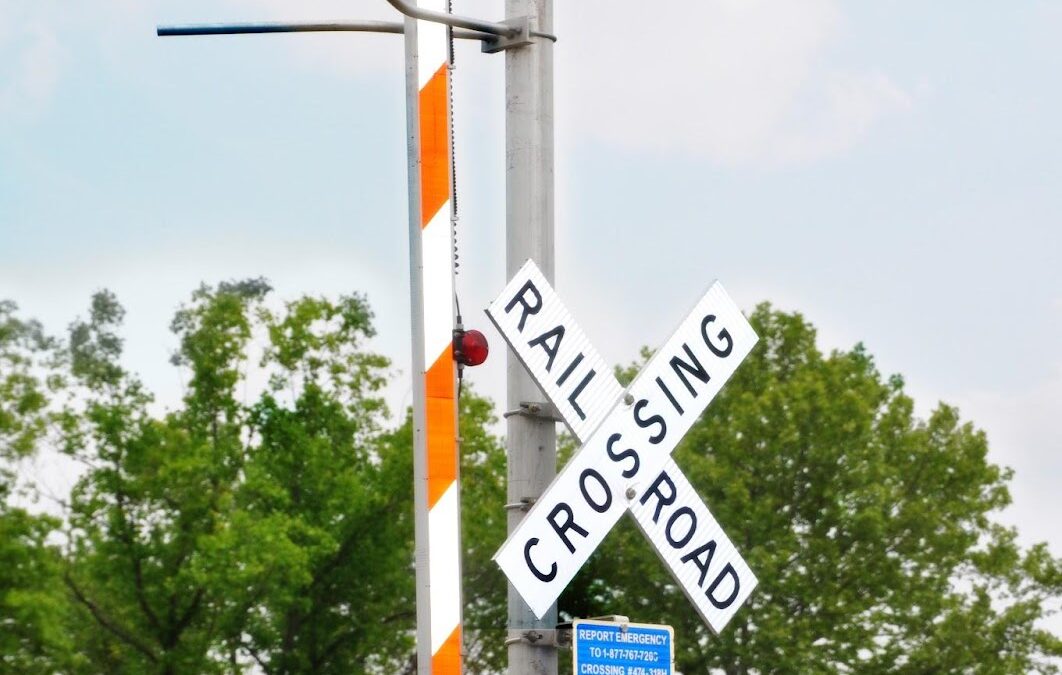Railroad Crossings | Navigating the Tracks of Safety
Driver Education |
Railroad crossings, where the pathways of trains and vehicles intersect, are essential components of our transportation network. While they facilitate the movement of goods and people, they also present unique safety challenges that demand attention, caution, and adherence to guidelines. In this article, we will delve into the world of railroad crossings, exploring their significance, safety measures, and the crucial role we all play in ensuring safe passage across the tracks.
This blog may contain affiliate links, and if you make a purchase through these links, we may or may not earn a commission at no extra cost to you.
Understanding the Risk
To comprehend the importance of railroad crossing safety, we must first acknowledge the risks involved. According to the Federal Railroad Administration (FRA), in 2022, there were 2,199 highway-rail grade crossing collisions in the United States. These incidents resulted in 272 fatalities and 819 injuries. These statistics highlight the critical need for vigilance and adherence to safety protocols when approaching railroad crossings.
Railroad Crossing Controls
Railroad crossings are equipped with various safety mechanisms to alert drivers and pedestrians of approaching trains:
Flashers – They Mean Stop: Flashing lights at a railroad crossing signal imminent train arrival. When you see these lights, you must come to a complete stop before the tracks.
Crossing Gate – Don’t Drive Around: Crossing gates serve as barriers to prevent vehicles from crossing the tracks while a train is approaching. Never attempt to drive around a closed crossing gate.
Crossing Sign: Railroad crossing signs provide advance notice of an upcoming crossing. Drivers should be vigilant and prepare to stop if necessary.
Guidelines for Safe Crossing
Ensuring your safety and the safety of others when approaching railroad crossings is of utmost importance:
Never Stop on Railroad Tracks: Regardless of traffic conditions, never stop your vehicle on railroad tracks. Wait for traffic ahead to clear before attempting to cross.
Watch for Vehicles Required to Stop: Be aware of vehicles required to stop at all rail crossings, such as buses and commercial vehicles. They must adhere to strict safety protocols.
Never Walk on Railroad Tracks: Pedestrians should never walk along or on railroad tracks. Cross the tracks only at designated crossings.
Wait After a Train Passes: When crossing multiple tracks, wait for a few seconds after a train has passed to ensure there isn’t another train approaching from the opposite direction.
Never Race a Train: Trying to outrun a train to the crossing is extremely dangerous. Trains can move faster than they appear, and misjudging their speed can have severe consequences.
Stalled Vehicle on Tracks: If your vehicle stalls on railroad tracks, get out immediately and move to a safe location. Only attempt to restart the vehicle if someone can watch for approaching trains.
Don’t Misjudge Speed and Distance: Trains may appear to be moving slower than they actually are due to their size. Never misjudge the speed and distance of an approaching train.
Railroad crossings are vital links in our transportation network, but they demand respect, attention, and adherence to safety guidelines. By understanding the risks, recognizing the importance of crossing controls, and following safety guidelines, we can navigate railroad crossings with confidence and ensure that every journey across the tracks is a safe one. Remember, when it comes to railroad crossings, safety always comes first.
Drive with Confidence!
Keep up with all the latest driving news. Expolre our blog packed with essential tips and expert advice on all things related to DRIVING!




